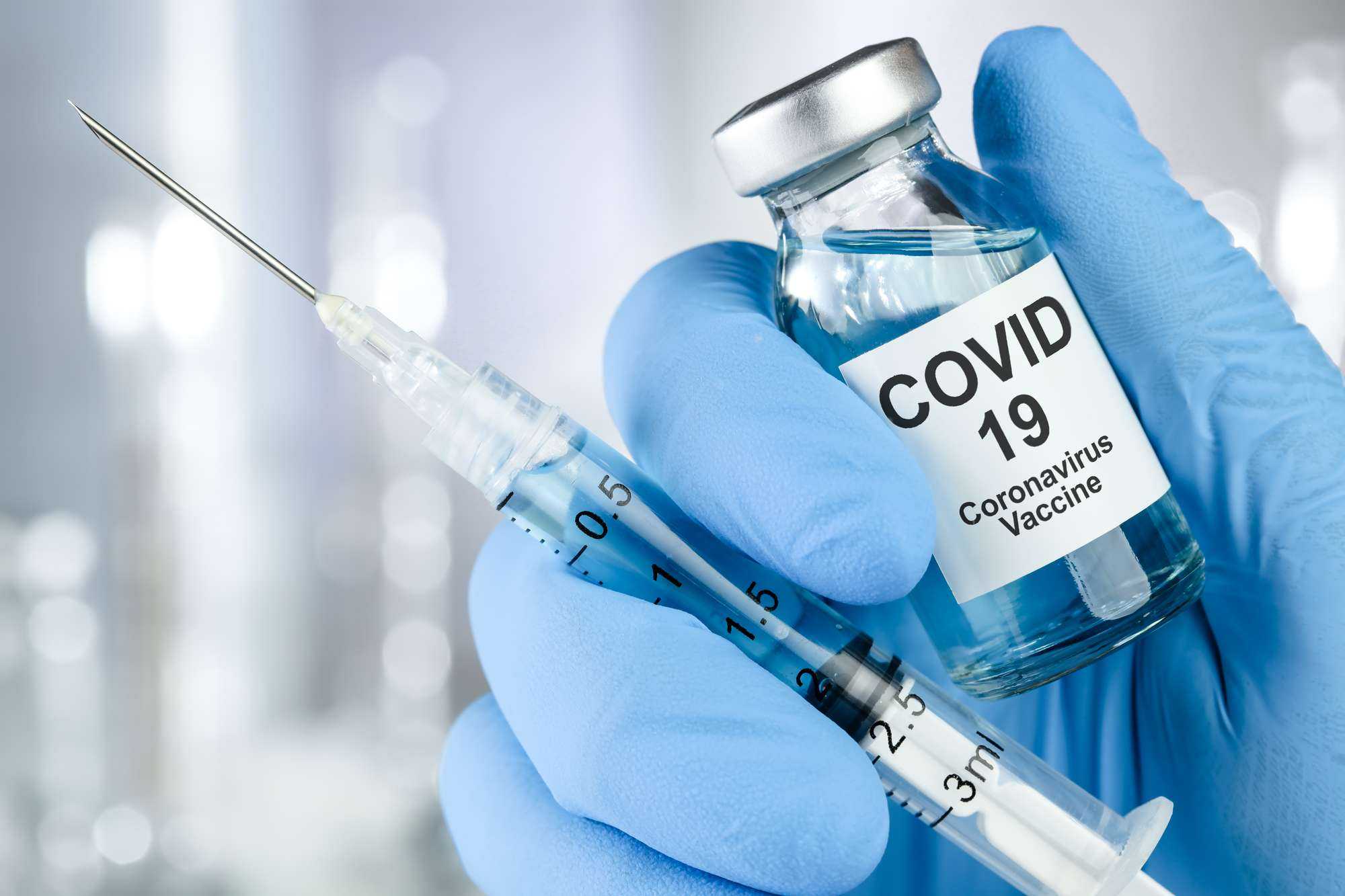on
BY SIMONE J. SMITH
“Any person with a history of anaphylaxis to a vaccine, medicine or food should not receive the Pfizer BioNTech vaccine.” June Raine (Chief Executive, MHRA)
Over the last few weeks, we have heard reports of several severe allergic reactions that have been detailed in hundreds of thousands of people vaccinated with the Pfizer-BioNTech vaccine.
So, I am going to stop you before you go any further. Please let us read this again. Several severe allergic reactions have been detailed in hundreds of thousands of people vaccinated with the Pfizer-BioNTech vaccine.
I was reading an article on the Life Science website “What’s causing rare allergic reactions to Pfizer’s vaccine?” It intrigued me because first of all, I had not seen it discussed readily on mainstream media. All I have seen is people clapping and celebrating those who are taking the shot. I am curious as to if anyone else had seen anything about this. I thought this might be a good opportunity to present information for those who may have concerns about this vaccine.
Around mid-December, six people who received the vaccine shot in the U.S. developed anaphylaxis, a severe allergic reaction that can be life-threatening if left untreated. Basically, it is an overreaction of the body’s immune system
In the earlier part of December, two people in the U.K., both with a history of severe allergies, developed anaphylaxis-like symptoms after receiving the Pfizer vaccine. With these reactions popping up internationally, the U.K.s regulatory agency advised people who have previously had “significant” allergic reactions to vaccines, medicines or food to avoid the vaccine.
The National Institute of Health is also starting to investigate what is causing these allergic reactions to Pfizer’s coronavirus vaccine. CDC put out a report “COVID-19 Vaccines and Allergic Reactions” (updated Dec. 31st, 2020), revealing that some people had experienced non-severe allergic reactions within four hours after getting vaccinated (known as immediate allergic reactions), such as: hives, swelling, and wheezing (respiratory distress).
A top U.S. official advised Americans with known severe allergic reactions that they might not be candidates for Pfizer’s COVID-19 vaccine until more was understood about what had happened.
Finally, Canada’s health ministry said it would look at the reported adverse reactions in Britain. Our government also stated that adverse events were to be expected and would not necessarily change the risk/benefit of the shot, after the country approved the vaccine.
I guess the questions to ask would be: are these events truly allergic reactions to the vaccine and if so, what is causing them?
“People that do report those types of anaphylactic reactions to other vaccines or injectable — they can still get the vaccine, but they should be counselled about the unknown risks of developing a severe allergic reaction and balance these risks against the benefit of vaccination.”
Sarah Mbaeyi
(Medical Officer with the CDC’s National Centre for Immunization and Respiratory Diseases)
There has been research done investigating one ingredient in the Pfizer vaccine that is under suspicion for causing these reactions. A compound called polyethylene glycol (PEG) could be the culprit according to Dr. Peter Marks, the Director of the Food and Drug Administration’s (FDA) Centre for Biologics Evaluation and Research. This compound is also present in Moderna’s vaccine, which has a similar makeup to Pfizer’s, and was given emergency approval in the U.S. on December 18th.
The reaction to PEG is rare, but not unheard of. According to Science Magazine, some drugs that contain PEG have occasionally caused anaphylaxis. Any prior exposure to the compound may have led some people to develop high levels of antibodies against it, putting them at risk of anaphylaxis
The CDD is advising that people who have a history of allergic reactions to any of the ingredients listed in the vaccine should talk to their doctors first before taking the vaccine. If you have had an immediate allergic reaction—even if it was not severe—to any ingredient in an mRNA COVID-19 vaccine, CDC recommends that you should not get either of the currently available mRNA COVID-19 vaccines.
Naturally, if you had an immediate allergic reaction after getting the first dose of an mRNA COVID-19 vaccine, you should not get the second dose.
The full list of ingredients — which includes sodium chloride, potassium chloride, and a number of lipids — can be found at, https://www.fda.gov/media/144413/download
I have always advised readers to do their research, and information provided in this article is the reason why. Stay healthy, and stay safe.
Stay in the loop with exclusive news, stories, and insights—delivered straight to your inbox. No fluff, just real content that matters. Sign up today!
We, as humans are guaranteed certain things in life: stressors, taxes, bills and death are the first thoughts that pop to mind. It is not uncommon that many people find a hard time dealing with these daily life stressors, and at times will find themselves losing control over their lives. Simone Jennifer Smith’s great passion is using the gifts that have been given to her, to help educate her clients on how to live meaningful lives. The Hear to Help Team consists of powerfully motivated individuals, who like Simone, see that there is a need in this world; a need for real connection. As the founder and Director of Hear 2 Help, Simone leads a team that goes out into the community day to day, servicing families with their educational, legal and mental health needs.Her dedication shows in her Toronto Caribbean newspaper articles, and in her role as a host on the TCN TV Network.












